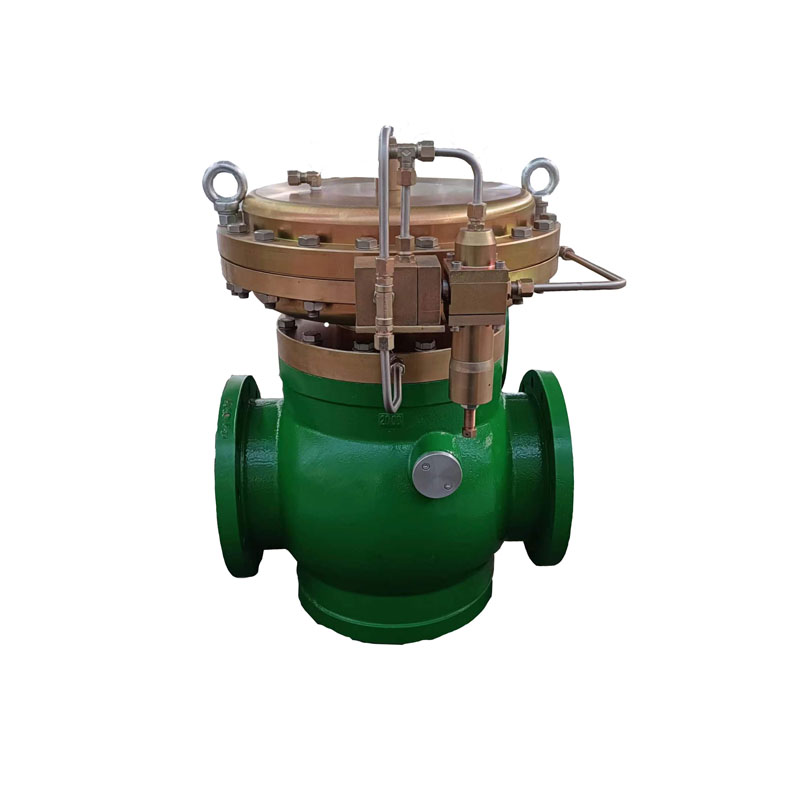
Nov . 27, 2024 12:54
Back to list
Exploring the Benefits and Uses of Liquefied Petroleum Gas in Modern Applications
Understanding Liquefied Petroleum Gas (LPG) A Versatile Energy Source
Liquefied Petroleum Gas, more commonly known as LPG, is a flammable mixture of hydrocarbon gases, primarily propane and butane, which is used as an energy source in various applications globally. It is produced from natural gas processing and crude oil refining, making it a by-product of the oil and gas industry. LPG is notable for its clean-burning properties and is considered an efficient energy source suitable for many residential, commercial, and industrial uses.
One of the critical features of LPG is its versatility. It serves various purposes, from cooking and heating to powering vehicles and generating electricity. In households, LPG is widely used as a fuel for stoves, water heaters, and space heaters. Its higher calorific value compared to traditional fuels, such as coal or wood, allows for more efficient combustion, leading to significant energy savings. Moreover, it emits fewer pollutants, making it an environmentally friendly alternative for indoor cooking and heating.
.
One of the most significant advantages of LPG is its portability. Unlike natural gas, which is delivered through pipelines, LPG can be stored in pressurized tanks. This property makes it an accessible energy source in remote areas where piped natural gas might not be available. Larger cylinders are commonly used for domestic purposes, while bulk delivery solutions are employed for commercial and industrial uses.
غاز البترول المسال

Another important aspect of LPG is its role in transportation. It is commonly used as an alternative fuel for vehicles, often referred to as autogas. Many countries have embraced LPG as a means of reducing greenhouse gas emissions from the transportation sector. LPG vehicles produce lower carbon dioxide and nitrogen oxide emissions compared to gasoline and diesel vehicles, contributing to improved air quality.
The safety of LPG is a critical consideration in its use. While it is a safe and reliable energy source when handled properly, it is essential to recognize the potential hazards. LPG is heavier than air and can accumulate in low-lying areas, posing a risk of explosion if there is a leak. Therefore, proper storage, handling, and maintenance practices are crucial to ensure safety. This includes using appropriate containers, ensuring proper ventilation, and adhering to local regulations.
Despite the numerous benefits of LPG, there are challenges associated with its use as well. The price of LPG can fluctuate based on global oil markets, affecting its affordability for consumers. Moreover, the dependence on fossil fuels raises concerns about sustainability and environmental impacts over the long term. As the world moves towards cleaner energy alternatives, the role of LPG may evolve, but it remains an essential energy source in the current energy landscape.
In conclusion, Liquefied Petroleum Gas (LPG) is a versatile and efficient energy source used in a variety of applications, from household cooking to industrial heating. Its clean-burning nature, portability, and efficiency make it an attractive alternative to traditional fuels. However, safety and environmental concerns must be addressed as we navigate the future of energy consumption. As technological advancements and policies aimed at reducing carbon emissions come into play, LPG's role in a sustainable energy future will continue to be a relevant topic of discussion.
Latest news
-
Safety Valve Spring-Loaded Design Overpressure ProtectionNewsJul.25,2025
-
Precision Voltage Regulator AC5 Accuracy Grade PerformanceNewsJul.25,2025
-
Natural Gas Pressure Regulating Skid Industrial Pipeline ApplicationsNewsJul.25,2025
-
Natural Gas Filter Stainless Steel Mesh Element DesignNewsJul.25,2025
-
Gas Pressure Regulator Valve Direct-Acting Spring-Loaded DesignNewsJul.25,2025
-
Decompression Equipment Multi-Stage Heat Exchange System DesignNewsJul.25,2025

